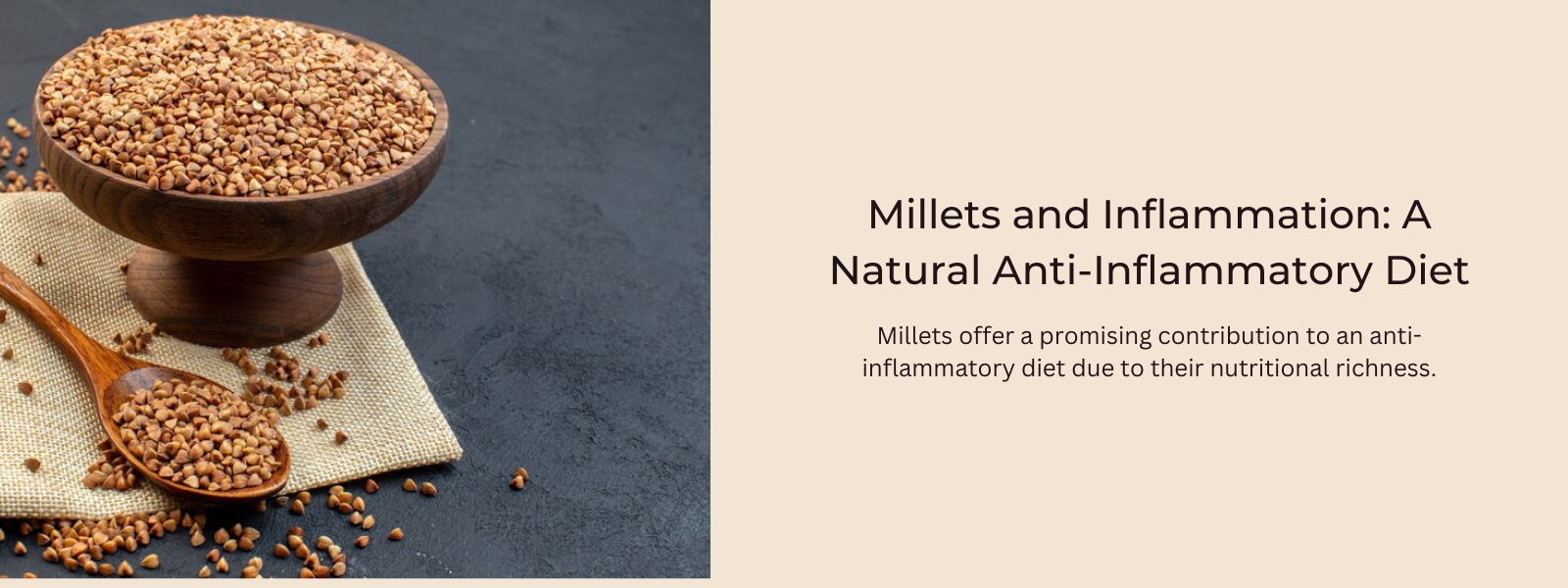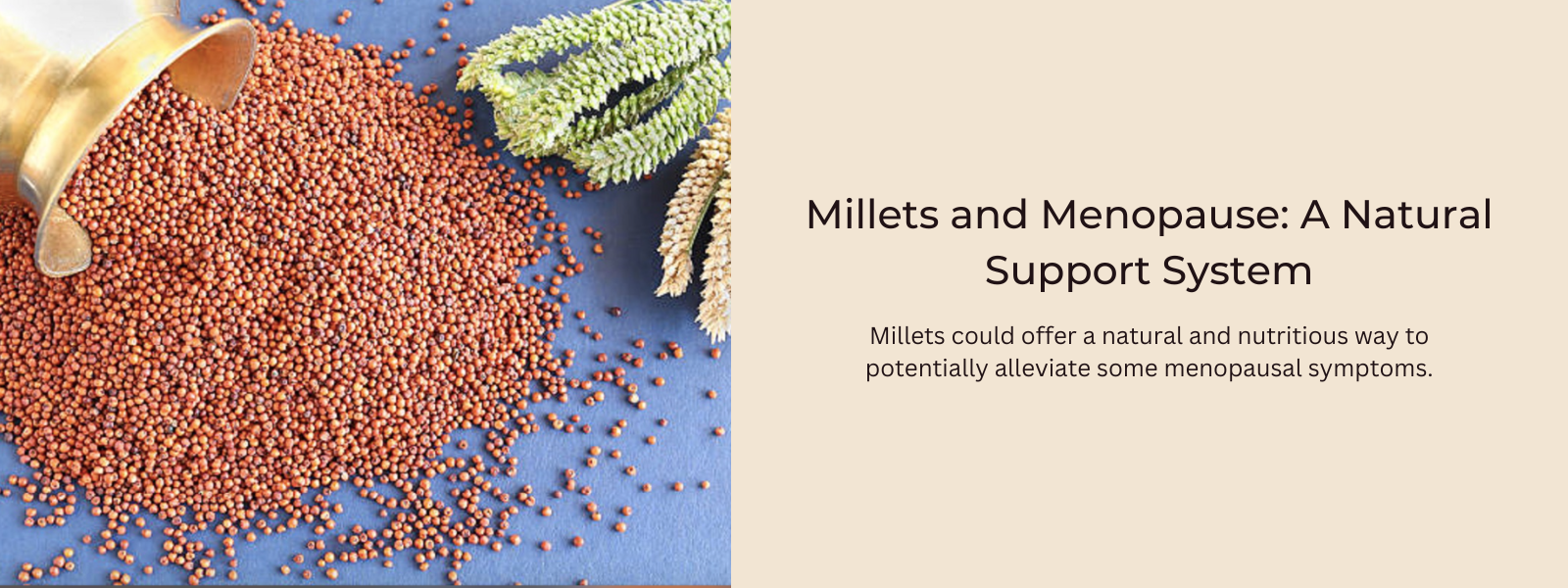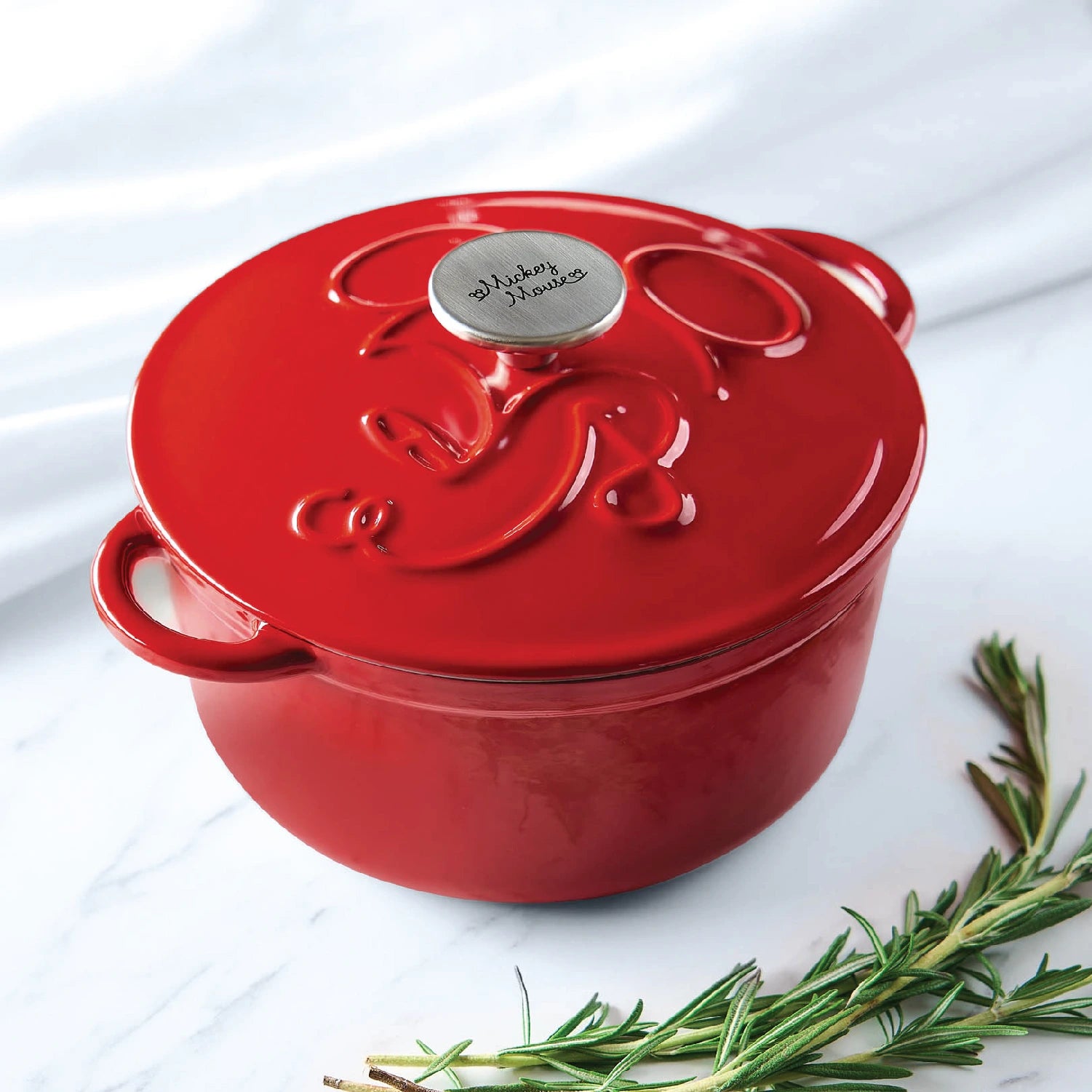Millets, ancient grains with remarkable nutritional profiles, are becoming popular due to their extensive health benefits. These small-seeded grasses are not only a dietary staple in many parts of the world but also a nutritional powerhouse. Here, we explore the detailed health benefits and nutritional power of millets.
Table of Contents
Nutritional Power of Millets
Millets are rich in a variety of essential nutrients that contribute to overall health and well-being. Here is a detailed breakdown of the key nutrients found in millets:
- Proteins
- Millets are a good source of plant-based proteins, essential for muscle repair, growth, and overall body functions. They provide a substantial amount of essential amino acids.
- Fiber
- High in dietary fiber, millets promote healthy digestion by preventing constipation and ensuring regular bowel movements. The fiber content also helps in maintaining satiety, aiding in weight management.
- Vitamins
- B Vitamins: Millets are rich in B vitamins like niacin (B3), thiamine (B1), and riboflavin (B2), which are crucial for energy production, metabolic functions, and maintaining healthy skin and hair.
- Folic Acid: Important for pregnant women as it supports fetal development and prevents birth defects.
- Minerals
- Iron: Helps in the production of hemoglobin and prevention of anemia.
- Magnesium: Essential for bone health, muscle function, and regulating blood sugar levels.
- Phosphorus: Vital for the formation of bones and teeth, and plays a role in how the body uses carbohydrates and fats.
- Potassium: Regulates fluid balance, nerve signals, and muscle contractions.
- Antioxidants
- Millets contain phenolic acids, flavonoids, and tannins, which act as antioxidants. These compounds help neutralize harmful free radicals in the body, reducing oxidative stress and inflammation.
Health Benefits of Millets
- Supports Digestive Health
- The high fiber content in millets enhances digestive health by ensuring regular bowel movements and preventing constipation. Fiber also promotes the growth of beneficial gut bacteria, improving gut health.
- Manages Blood Sugar Levels
- Millets have a low glycemic index, meaning they cause a slower rise in blood sugar levels. This makes them an excellent choice for individuals with diabetes and those looking to manage their blood sugar levels.
- Promotes Heart Health
- Millets contribute to cardiovascular health by lowering bad cholesterol levels (LDL) and increasing good cholesterol levels (HDL). The magnesium and potassium in millets help regulate blood pressure, reducing the risk of heart diseases.
- Aids in Weight Management
- The fiber in millets helps in keeping you full for longer periods, reducing overall calorie intake. This can aid in weight management and prevent obesity.
- Strengthens Bones
- Rich in calcium and phosphorus, millets support bone health and are particularly beneficial for growing children, postmenopausal women, and older adults.
- Boosts Immune System
- The antioxidants, vitamins, and minerals in millets enhance the immune system, helping the body fight off infections and diseases.
- Reduces Risk of Chronic Diseases
- The antioxidant properties of millets reduce oxidative stress, lowering the risk of chronic diseases such as cancer, heart disease, and neurodegenerative conditions.
- Gluten-Free
- Millets are naturally gluten-free, making them an excellent dietary choice for individuals with celiac disease or gluten intolerance.
Ways to Use Millets
Millets can be incorporated into your diet in various delicious and nutritious ways:
- Porridge: Cook millets with water or milk to make a nutritious breakfast porridge. Add fruits, nuts, and honey for extra flavor and nutrition.
- Salads: Use cooked millets as a base for hearty salads. Mix with vegetables, legumes, and a light dressing for a wholesome meal.
- Breads and Rotis: Millet flour can be used to make flatbreads, rotis, and even gluten-free bread.
- Snacks: Millets can be puffed or popped to make healthy snacks.
- Beverages: Fermented millet drinks are popular in many cultures.
Popular Millet Recipes
- Millet Porridge
- Ingredients: Millets, water/milk, honey, fruits.
- Method: Cook millets with water or milk until soft. Sweeten with honey and top with fresh fruits.
- Millet Salad
- Ingredients: Cooked millets, vegetables, olive oil, lemon juice, salt, pepper.
- Method: Mix cooked millets with chopped vegetables, drizzle with olive oil and lemon juice, and season with salt and pepper.
- Ragi (Finger Millet) Roti
- Ingredients: Ragi flour, water, salt.
- Method: Knead ragi flour with water and salt to make a dough. Roll into flatbreads and cook on a hot griddle.
Conclusion
Millets are an extremely versatile, nutrient-dense group of grains that offer numerous health benefits. From supporting digestive health to reducing the risk of chronic diseases, these ancient grains are a valuable addition to any diet. By incorporating millets into your meals, you can enjoy their unique flavors and textures while reaping their nutritional benefits. Embrace the power of millets and discover their potential to enhance your health and well-being.











Leave a comment